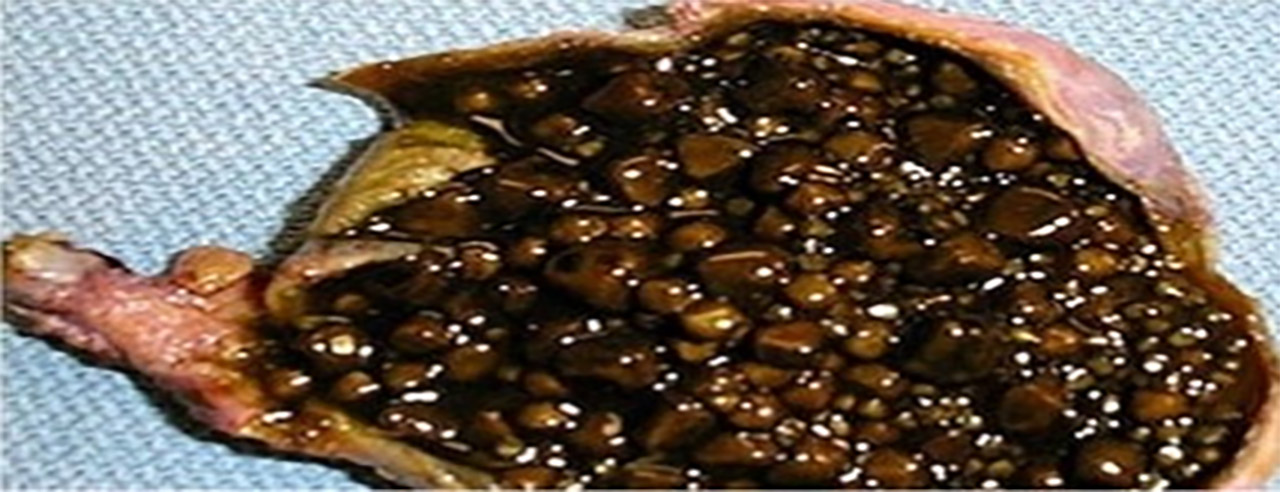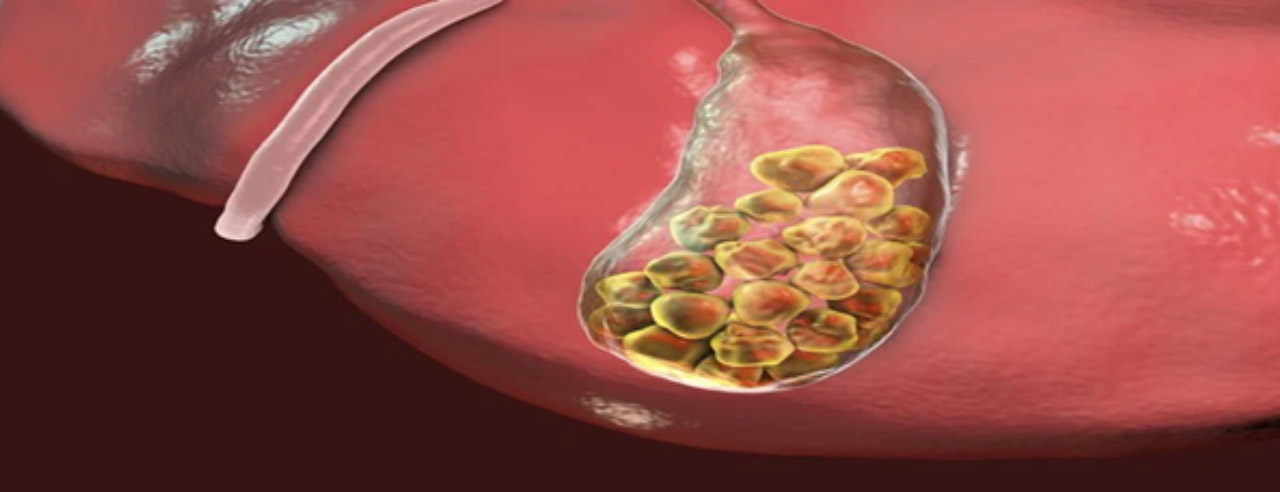Call Us : +91-129-431-0477 | Mail Us : infogoyalhospital@gmail.com
Laparoscopic Gall Bladder Surgery
Laparoscopic gall bladder surgery, also known as cholecystectomy, refers to the surgical elimination of the gallbladder. Laparoscopic gall bladder surgery is a standard treatment of symptomatic gallstones and different gallbladder diseases. Laparoscopic gall bladder surgery is done laparoscopically or through a minimally invasive procedure. Normally, laparoscopic gall bladder surgery successfully relieves manifestations; however, around 10% of people might undergo some manifestation after the surgery, a disease known as a postcholecystectomy syndrome.
What Are The Complications If Not Treated On Time?
Complications caused by laparoscopic gall bladder surgery comprise:
Causes of Gallstones
Symptoms of Gallstones
If a gallstone becomes fixed in a duct and result in a blockage, the consequential symptoms will include :
Treatment, Diagnosis, And Procedure of Laparoscopic Gall Bladder Surgery
Tests and methods employed to diagnose gallstones include :
Treatment alternatives for gallstones comprise :
Laparoscopic gall bladder surgery (cholecystectomy) is mainly performed when gallstones are caused, which ultimately results in various complications. When gallstones are caused, it is known as cholelithiasis. Laparoscopic gall bladder surgery (cholecystectomy) is usually performed as a minimally invasive surgery because, during the surgery, the surgeon creates small incisions. More diminutive incisions lower the chance of bleeding, infection, and help in quick recovery.
Risks Associated With Laparoscopic Gall Bladder Surgery (Cholecystectomy)
Laparoscopic gall bladder surgery (cholecystectomy) is usually regarded as safe. The rate and chances of complications are between 5 to 6 %.
Most surgical procedures certainly carry a few significant complication hazards; however, they are usually infrequent in the case of laparoscopic gall bladder surgery (cholecystectomy). Your surgeon or doctor will conduct a thorough physical check-up and examine your medical record before starting the surgery. It will aid in reducing these hazards.
The risks or complications associated with laparoscopic gall bladder surgery (cholecystectomy) comprise :
How Is A Laparoscopic Gall Bladder Surgery (Cholecystectomy) Performed?
Initially, the patient is given an infirmary dress before the surgery. Then the patient receives an IV so that their doctor can provide them fluids and medications through their veins. The patients are given anesthesia so that they can sleep comfortably before and throughout the operation. A tube is positioned in their throat which is attached to an automatic ventilator that aids them in breathing

Later, the surgeon creates 4 tiny incisions in the patient's abdomen for the operation. They employ these incisions to navigate a tube with a tiny camera inside their abdomen. They later navigate additional implements via the incisions and look at a monitor displaying the things the camera captures. Their abdomen is filled with gas so that the surgeon can create some space to operate. They remove their gallbladder through the incisions.
After the surgeon extracts the gallbladder and utilizes a unique X-ray for scanning for complications in the bile duct. This process is known as intraoperative cholangiography. It displays any irregularities in the rest of the bile duct systems, such as a bile stone, that the surgeon might require to eliminate.
When the surgeon is content with the outcomes, they sew and bandage all the incisions. Most patients are allowed to go home after the treatment and on the exact day of their surgery.

